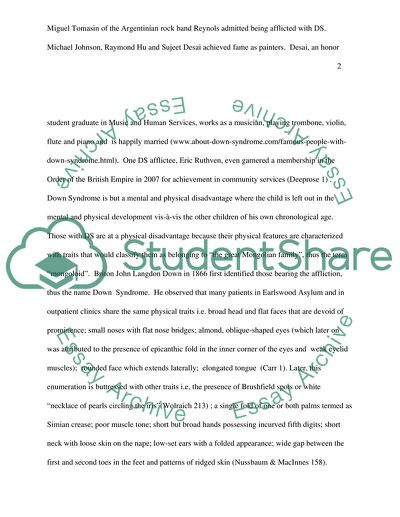Cite this document
(“Not Found (#404) - StudentShare”, n.d.)
Not Found (#404) - StudentShare. Retrieved from https://studentshare.org/health-sciences-medicine/1723006-down-syndrome
Not Found (#404) - StudentShare. Retrieved from https://studentshare.org/health-sciences-medicine/1723006-down-syndrome
(Not Found (#404) - StudentShare)
Not Found (#404) - StudentShare. https://studentshare.org/health-sciences-medicine/1723006-down-syndrome.
Not Found (#404) - StudentShare. https://studentshare.org/health-sciences-medicine/1723006-down-syndrome.
“Not Found (#404) - StudentShare”, n.d. https://studentshare.org/health-sciences-medicine/1723006-down-syndrome.


